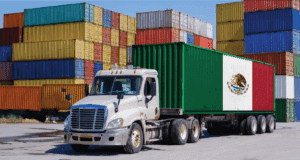Hours of service requirements have been around nearly as long as trucks themselves. The first HOS rules were recorded in 1937 by the Interstate Commerce Commission and allowed drivers only 10 hours of drive time per day. Several iterations of the rules have gone into effect over the years and today’s rules are the result of years of study and debate. These are the current regulations.

Drivers today, often feel that these guidelines are too restrictive, especially in conjunction with electronic logging technology digitally recording drive times. They have made it clear to the DOT and FMCSA that a change is necessary, and the DOT has responded.
In March 2019, Secretary of Transportation, Elaine Chao, announced that the DOT has issued a Notice of Proposed Rulemaking (NPRM) to the White House Office of Management and Budget to amend the restrictive HOS rules and provide more flexibility to drivers.
See our article “New HOS Rules in the Works” for more details on the upcoming changes.
If you are looking to get started with a third party logistics provider, contact us today.


